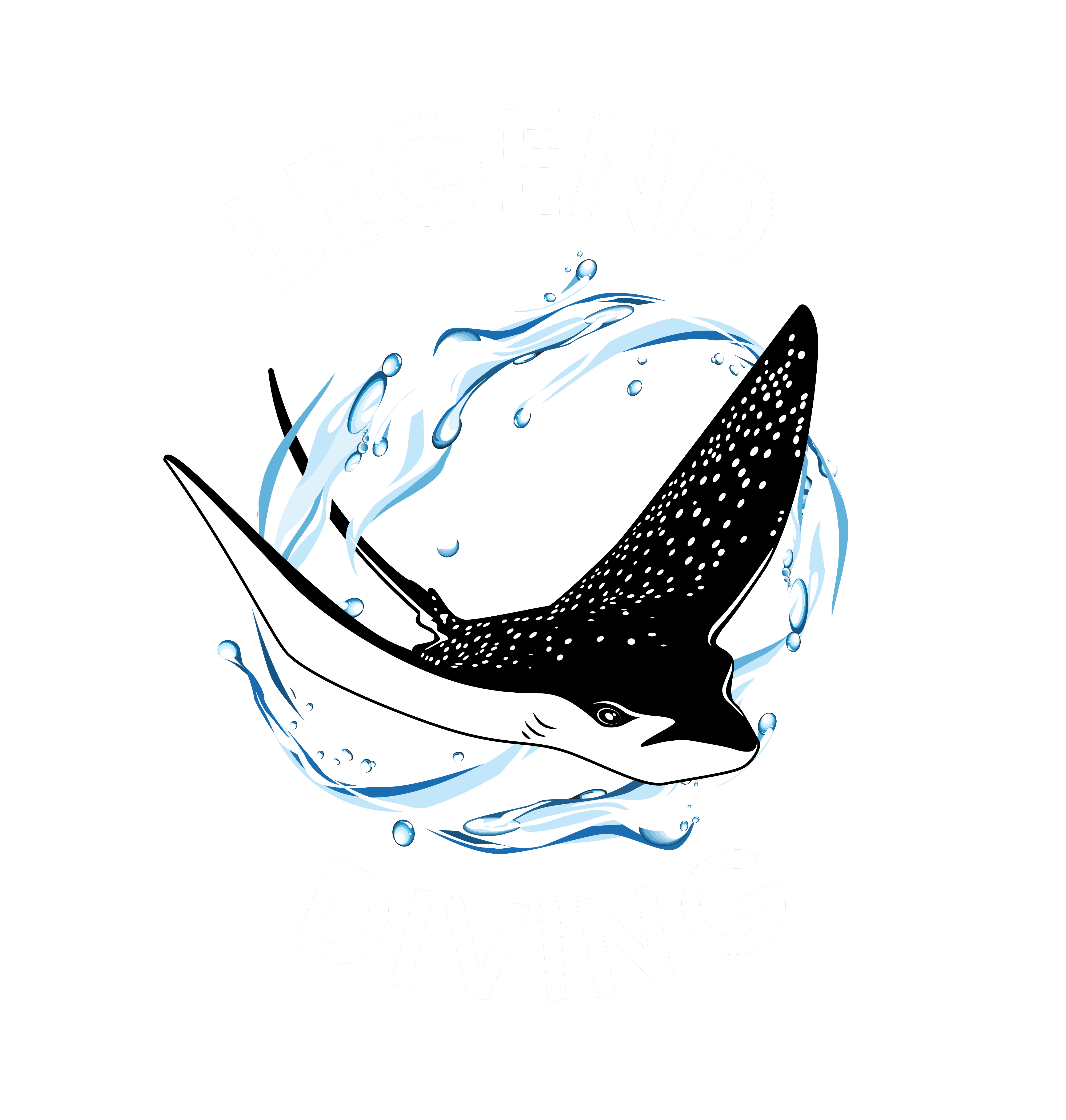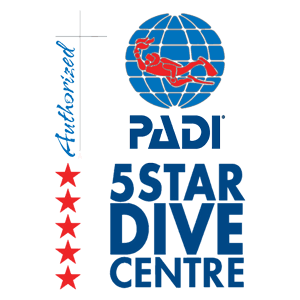
How We Care
Reef Health Monitoring
Throughout the year, close monitoring of The Nusa Penida Marine Protected Area takes place in order to know it better. In saying that, the CTC local governments and the private sector produce a report, annually. Once the report has been submitted,
How we care
Reef Health Monitoring
The area is closely monitored throughout the entire year. Furthermore, the partnership of the CTC, local government, and the private sector create an annual report. Through that report, we are able to better understand how to properly manage and protect the area.
One-Step at the Time
The Nusa Penida Protected Area is a unique, tropical paradise situated just off the South-East coast of Bali. Nusa Penida, Nusa Lembongan, and Nusa Ceningan make up this incredibly beautiful part of the world. White sand beaches and gigantic cliff faces scatter the coastline with famous,
How We Care
Community Conservation Projects
The economy truly benefits from this maintenance and protection of the Nusa Penida Marine Protected Area. Accordingly, we require strict conservation efforts in order to keep the area in good shape.

Follow the Guidelines
Sustainable Tourism
Through the implementation of good tourism practices, people of future generations will reap the rewards from the MPA. For this to work, local tourism operators must work together with the CTC in raising awareness of the zoning systems. Additionally, the guidelines for how to properly interact with Sunfish
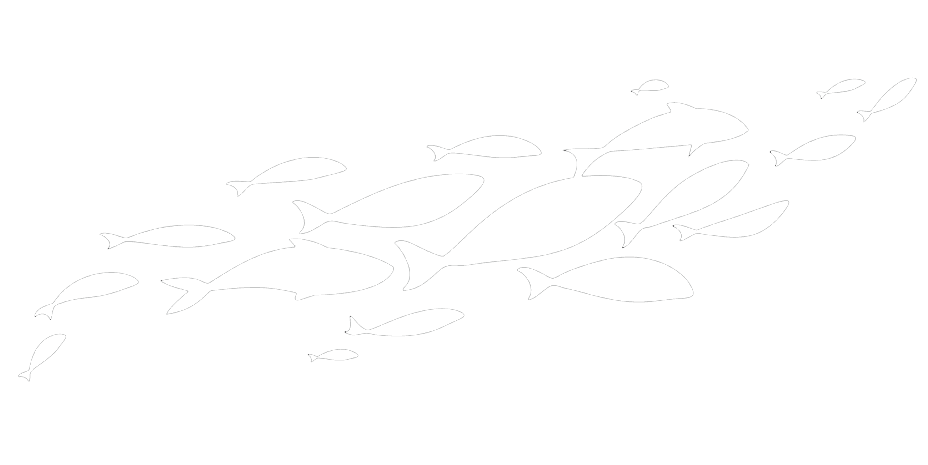
They Are the Future
Field Learning Site
Because conservation plays a big role within the MPA, it certainly is a great place to increase your knowledge. As a result, the MPA has become a great training ground for various groups of people. Namely; students, local communities, NGOs, government officials, and more.

Learn and Share
Penida PMA Code of Conduct
Sadly, in the summer of 2016, a group of divers came across a seriously wounded Whale Shark within the area. Accordingly, they reported the incident to local authorities, who informed the Coral Triangle Center.

There Are 6 Specific Zones Within the Nusa Penida Marine Protected Area
One-Step at the Time
The Nusa Penida Protected Area is a unique, tropical paradise situated just off the South-East coast of Bali. Nusa Penida, Nusa Lembongan, and Nusa Ceningan make up this incredibly beautiful part of the world. White sand beaches and gigantic cliff faces scatter the coastline with famous,

The way we show we care!
Reef Health Monitoring
Throughout the year, close monitoring of The Nusa Penida Marine Protected Area takes place in order to know it better. In saying that, the CTC, local government and the private sector produce a report, annually. Once the report has been submitted,

How We Care
Community Conservation Projects
The economy truly benefits from this maintenance and protection of the Nusa Penida Marine Protected Area. Accordingly, we require strict conservation efforts in order to keep the area in good shape.

Follow the Guidelines
Sustainable Tourism
Through the implementation of good tourism practices, people of future generations will reap the rewards from the MPA. For this to work, local tourism operators must work together with the CTC in raising awareness of the zoning systems. Additionally, the guidelines for how to properly interact with Sunfish

They Are the Future
Field Learning Site
Because conservation plays a big role within the MPA, it certainly is a great place to increase your knowledge. As a result, the MPA has become a great training ground for various groups of people. Namely; students, local communities, NGOs, government officials, and more.

Learn and Share
Penida PMA Code of Conduct
Sadly, in the summer of 2016, a group of divers came across a seriously wounded Whale Shark within the area. Accordingly, they reported the incident to local authorities, who informed the Coral Triangle Center.






